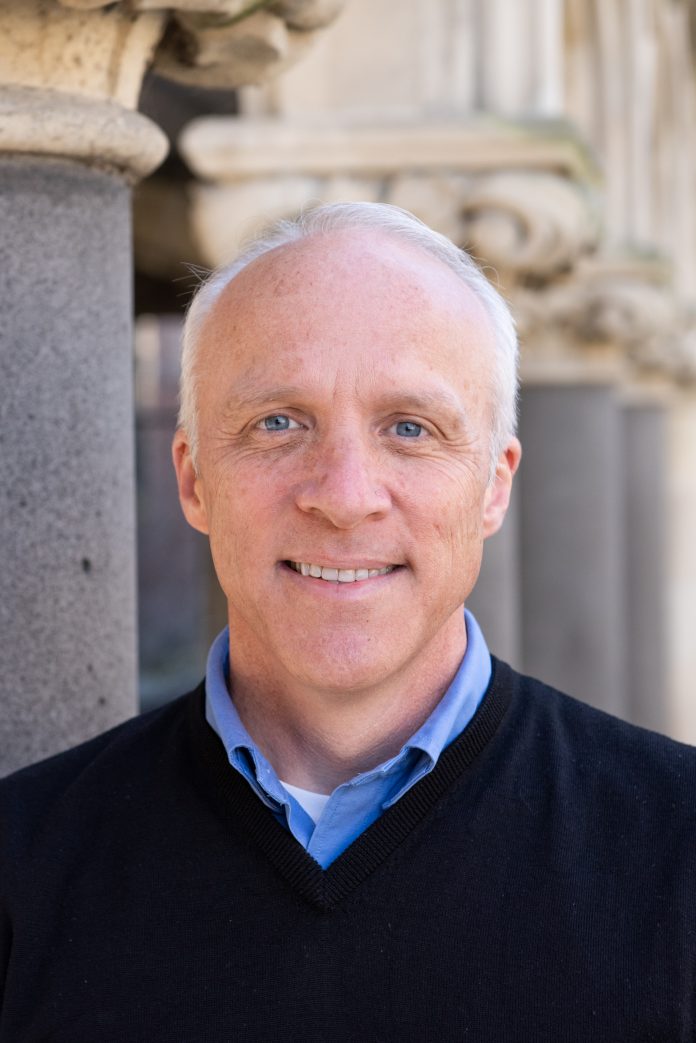What a lovely autumn Central Otago is having.
It’s been a joy watching the trees and grapevines turn different shades of red and gold.
We got out on the bikes this past weekend and rode along one of the newer bike trails. It’s a great way to see the area.
The Lake Dunstan Trail is clearly attracting a lot of riders.
I work with people around the country, and I’ve been surprised at how many have come here to ride it. It also seems to be accessible to people of different fitness levels, so it has wide appeal.
I drive past one of the trailheads regularly, and there are always cars and trucks with bike racks there.
Those parking areas were often empty before the trail went in.
I couldn’t find any figures for the number of riders in the 2022-2023 season. Last May, the report was that there had been 83,000 cyclists and walkers on the trail in the first year. I’m picking that the second year will have been even bigger.
Of course, those people don’t just use the trail. A lot of them are from outside the region.
They need a place to stay for a night or two, meals while they are here, perhaps a stop at a winery, bike rental, and maybe a memento from the trip.
Here’s the point where I would give you the economic numbers. Except, I can’t.
Most of the official tourism figures, like number of tourists and daily spending, are either at least a year old or don’t capture specific regions.
So, let’s think about some plausible numbers.
Let’s say the trail had about 100,000 users in the last year and half of them were from outside the region. While they were here, they paid for bike rentals, meals, rooms, etc. T
hat gets to $500 per person per day pretty quickly, which is similar to an estimate of tourist spending from a pre-Covid tourism strategy.
That suggests $25 million in expenditure coming into the district from the trail.
A few rough calculations, and that could mean 0.5% of the district GDP is based on the Lake Dunstan Trail.
One thing the past few years showed New Zealand, with the pandemic, drought and floods, is the importance of economic diversity.
The trail is a great regional asset that boosts our diversity and has a measurable impact on the economy.
Plus, it’s a lovely ride.





